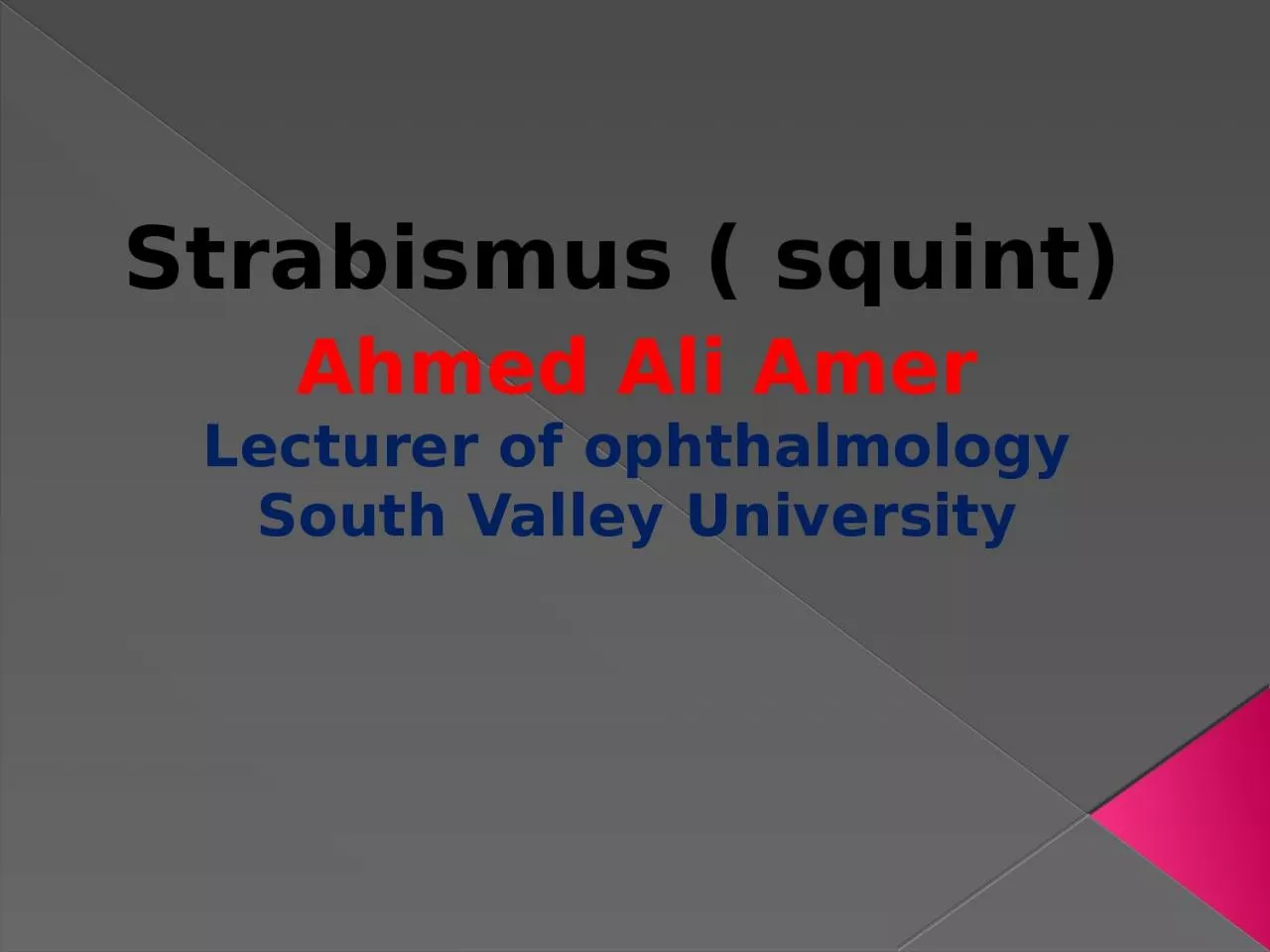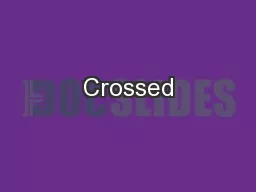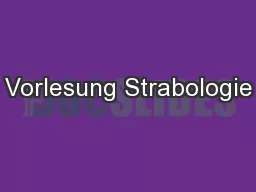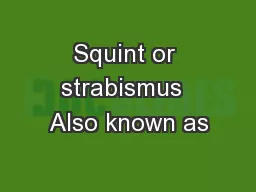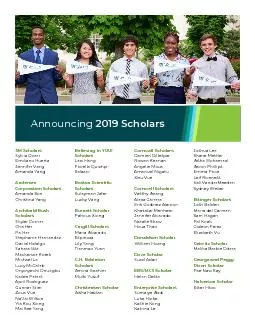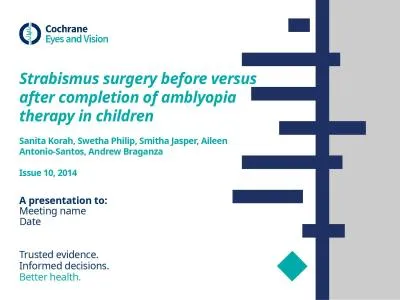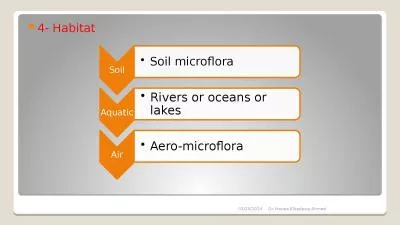PPT-Strabismus ( squint) Ahmed Ali Amer
Author : phoebe | Published Date : 2024-02-09
Lecturer of ophthalmology South Valley University Extraocular muscle 4 reacti and 2 oblique Orinign Insertion Nerve supply Action Testing Nerve supply All by
Presentation Embed Code
Download Presentation
Download Presentation The PPT/PDF document "Strabismus ( squint) Ahmed Ali Amer" is the property of its rightful owner. Permission is granted to download and print the materials on this website for personal, non-commercial use only, and to display it on your personal computer provided you do not modify the materials and that you retain all copyright notices contained in the materials. By downloading content from our website, you accept the terms of this agreement.
Strabismus ( squint) Ahmed Ali Amer: Transcript
Download Rules Of Document
"Strabismus ( squint) Ahmed Ali Amer"The content belongs to its owner. You may download and print it for personal use, without modification, and keep all copyright notices. By downloading, you agree to these terms.
Related Documents

